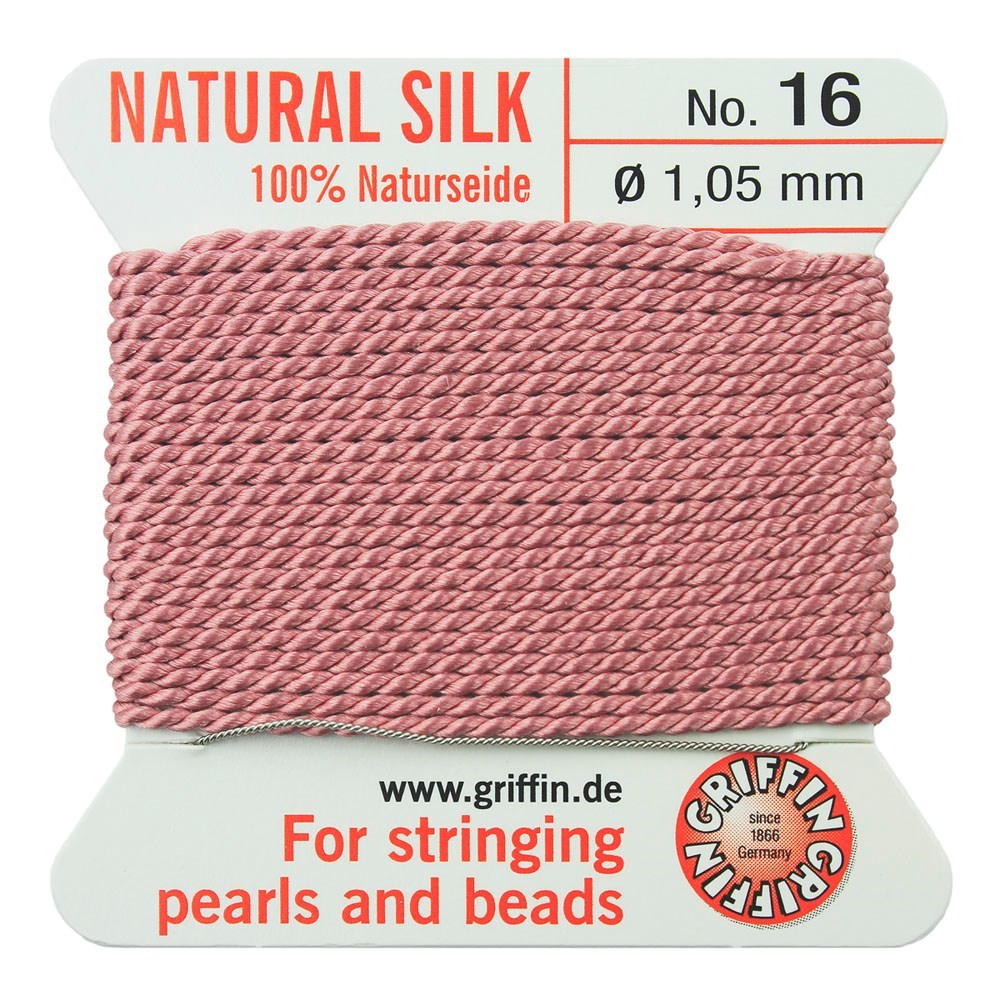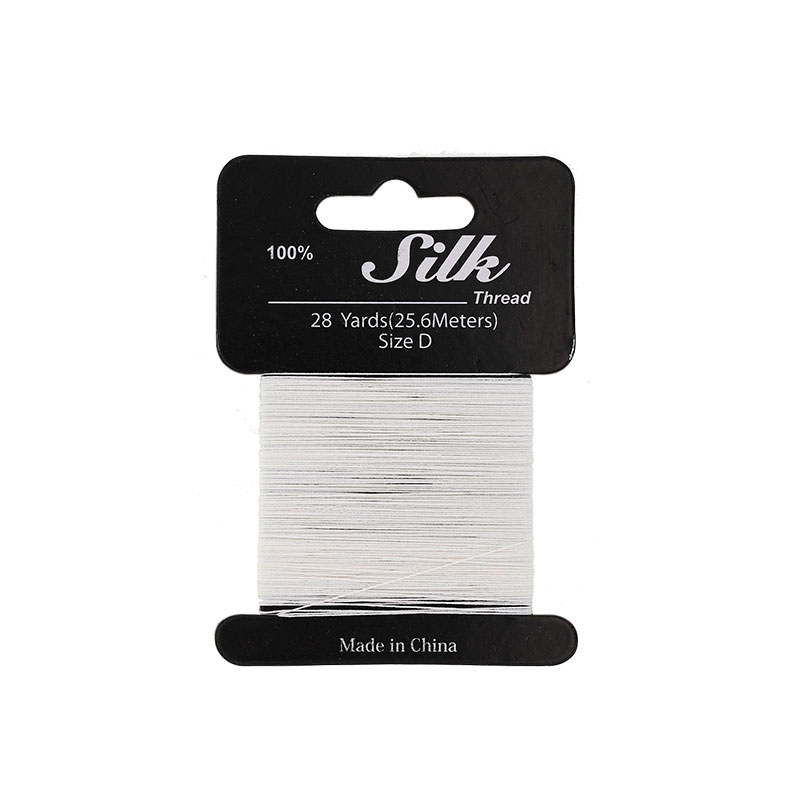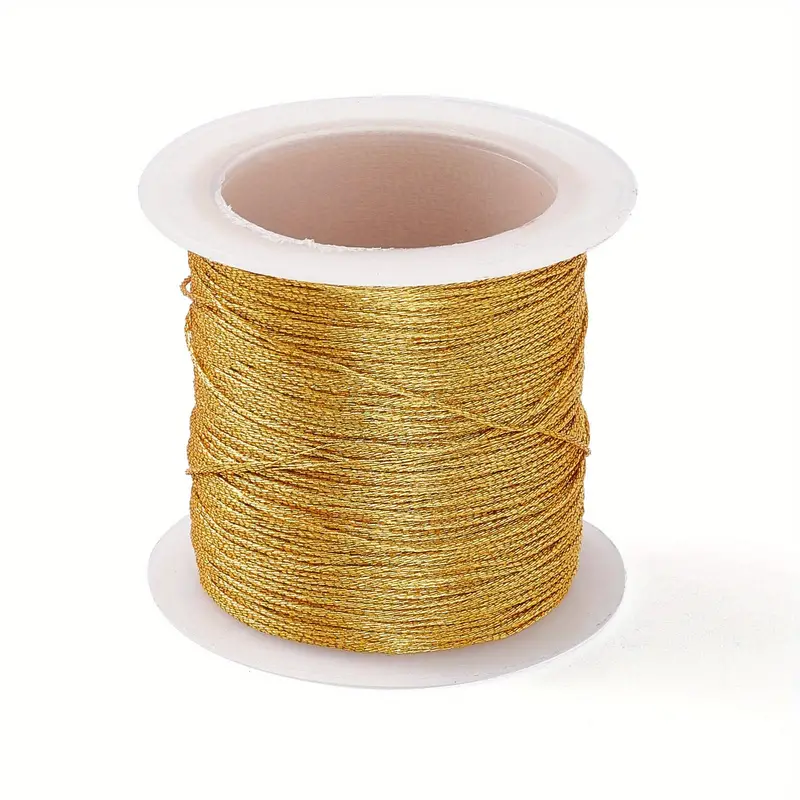Introduction
In the intricate world of beading, the choice of thread is paramount. It can make or break a design, influencing both the aesthetic appeal and the durability of the finished piece. Among the diverse range of beading threads available, silk thread stands out as a timeless classic, revered for its exceptional qualities. This luxurious thread, spun from the cocoons of silkworms, possesses a unique combination of strength, flexibility, and beauty that has captivated beaders for centuries. From delicate necklaces to elaborate embroidery, silk beading thread adds a touch of elegance and sophistication to every project.
Understanding Silk Beading Thread
What is Silk Beading Thread?
Silk beading thread is a type of thread specifically designed for use in beadwork and jewelry making. It is crafted from pure silk fibers, painstakingly harvested from the cocoons of silkworms. These fibers are renowned for their exceptional tensile strength, meaning they can withstand significant tension without breaking. This makes silk beading thread incredibly durable, ensuring that your beaded creations will withstand the test of time. Furthermore, silk fibers possess a natural elasticity, allowing the thread to stretch slightly without losing its shape. This flexibility makes it easy to work with, especially when navigating intricate beading patterns.

Benefits of Using Silk Beading Thread
Silk beading thread offers a multitude of benefits for beaders of all skill levels. Some of its key advantages include:
- Exceptional Strength: Silk is known for its remarkable tensile strength, making it ideal for stringing heavier beads and creating intricate designs that require a robust thread.
- Beautiful Drape: Unlike stiffer threads, silk thread drapes beautifully, allowing beaded pieces to flow and move naturally. This quality makes it particularly well-suited for creating necklaces, earrings, and other jewelry items where fluidity is desired.
- Knot Security: Silk thread’s natural grip helps knots hold securely, minimizing the risk of unraveling or breakage. This characteristic ensures the longevity and durability of beaded creations.
- Gentle on Beads: The smooth surface of silk thread is gentle on delicate beads, preventing scratches or abrasions that can occur with rougher threads.
- Timeless Elegance: Silk possesses an inherent elegance and luster that elevates any beadwork project. Its subtle sheen adds a touch of sophistication and refinement, making it an excellent choice for both classic and contemporary designs.
Types of Silk Beading Thread
Navigating the world of silk beading thread can be overwhelming with the variety of options available. Understanding the different types can help you choose the perfect thread for your specific project.
Braided Silk Thread
This type of thread is created by braiding multiple strands of silk together, resulting in a strong, durable thread suitable for a wide range of beadwork. Its braided construction provides excellent abrasion resistance, making it ideal for projects involving heavier beads or repeated wear.
Twisted Silk Thread
Twisted silk thread, as its name suggests, is made by twisting silk fibers together. This type of thread offers exceptional strength and a slightly textured surface that provides excellent knot security. It’s often preferred for intricate beadweaving projects where a fine thread is necessary.
Cording Silk Thread
Cording silk thread is a thicker, more substantial type of silk thread commonly used for knotting, macrame, and other fiber arts. Its thickness and durability make it suitable for creating bold statement jewelry pieces or decorative accents.

Choosing the Right Silk Beading Thread
Thread Weight and Size
When selecting silk beading thread, it’s crucial to consider the thread weight and size, which directly impact the drape and overall appearance of your project. Silk beading thread is typically categorized using a system of letters or numbers, with higher numbers indicating finer threads. Finer threads are ideal for delicate beadwork and smaller beads, while thicker threads are better suited for larger beads or heavier designs. For instance, size 0 silk thread is a versatile option suitable for a wide range of bead sizes, while size 10 silk thread is exceptionally fine, often used for intricate bead embroidery or weaving.
Color Selection
The color of your silk beading thread can dramatically influence the final look of your beaded creation. When choosing a color, consider the colors of the beads you are using and the overall aesthetic you wish to achieve. A contrasting thread color can create a bold statement and highlight the individual beads, while a matching thread color will blend seamlessly into the design, providing a more subtle effect. Additionally, silk thread is available in a variety of finishes, including matte, satin, and metallic, allowing you to further enhance the visual appeal of your beadwork.
Essential Tips for Working with Silk Beading Thread
Conditioning Your Thread
Before embarking on your beading project, it’s essential to condition your silk beading thread. This simple step involves gently running a thread conditioner or beeswax along the entire length of the thread. Conditioning serves several crucial purposes. Firstly, it strengthens the thread, reducing the likelihood of breakage during beading. Secondly, it reduces friction, allowing the thread to glide smoothly through beads. Lastly, it helps to prevent tangling, making the beading process more enjoyable and efficient.
Using the Right Needle
The choice of needle is equally important when working with silk beading thread. Using a needle that is too large can result in damaged beads or thread breakage, while a needle that is too small can be difficult to thread and may cause frustration. As a general rule, select a needle that is slightly thinner than the thread you are using. Beading needles are specifically designed for use with beads and thread, featuring a long, thin shaft and a sharp point. They are available in various sizes to accommodate different thread thicknesses and bead sizes.
Securing Your Thread
To ensure the longevity of your beaded creations, it’s crucial to properly secure your thread at the beginning and end of each beading segment. One common method is to tie a series of half-hitch knots, ensuring they are snug but not overly tight. Another option is to use a beading needle to weave the thread back through several beads, effectively hiding the thread ends within the beadwork. By securely fastening your thread, you can prevent your beadwork from unraveling and preserve the integrity of your designs.

Caring for Your Beaded Creations
Cleaning and Storage
With proper care and maintenance, beaded creations crafted with silk thread can last for generations, becoming treasured heirlooms. To clean your beaded pieces, gently wipe them with a soft, damp cloth. Avoid using harsh chemicals or abrasive cleaners, as they can damage the delicate silk fibers. When storing your beaded jewelry, keep it in a cool, dry place away from direct sunlight or humidity. Consider using individual pouches or compartments to prevent tangling or scratching. By following these simple care instructions, you can ensure that your beaded creations retain their beauty and integrity for years to come.
Conclusion
Silk beading thread, with its rich history and exceptional qualities, remains an unparalleled choice for beaders of all levels. Its strength, flexibility, and inherent beauty elevate every beading project, from simple to intricate designs. By understanding the nuances of silk thread, choosing the right weight and color, mastering essential techniques, and caring for your finished pieces, you can unlock the full potential of this luxurious material. Embrace the allure of silk beading thread and embark on a journey of creativity, crafting timeless beaded treasures that will be cherished for generations.
